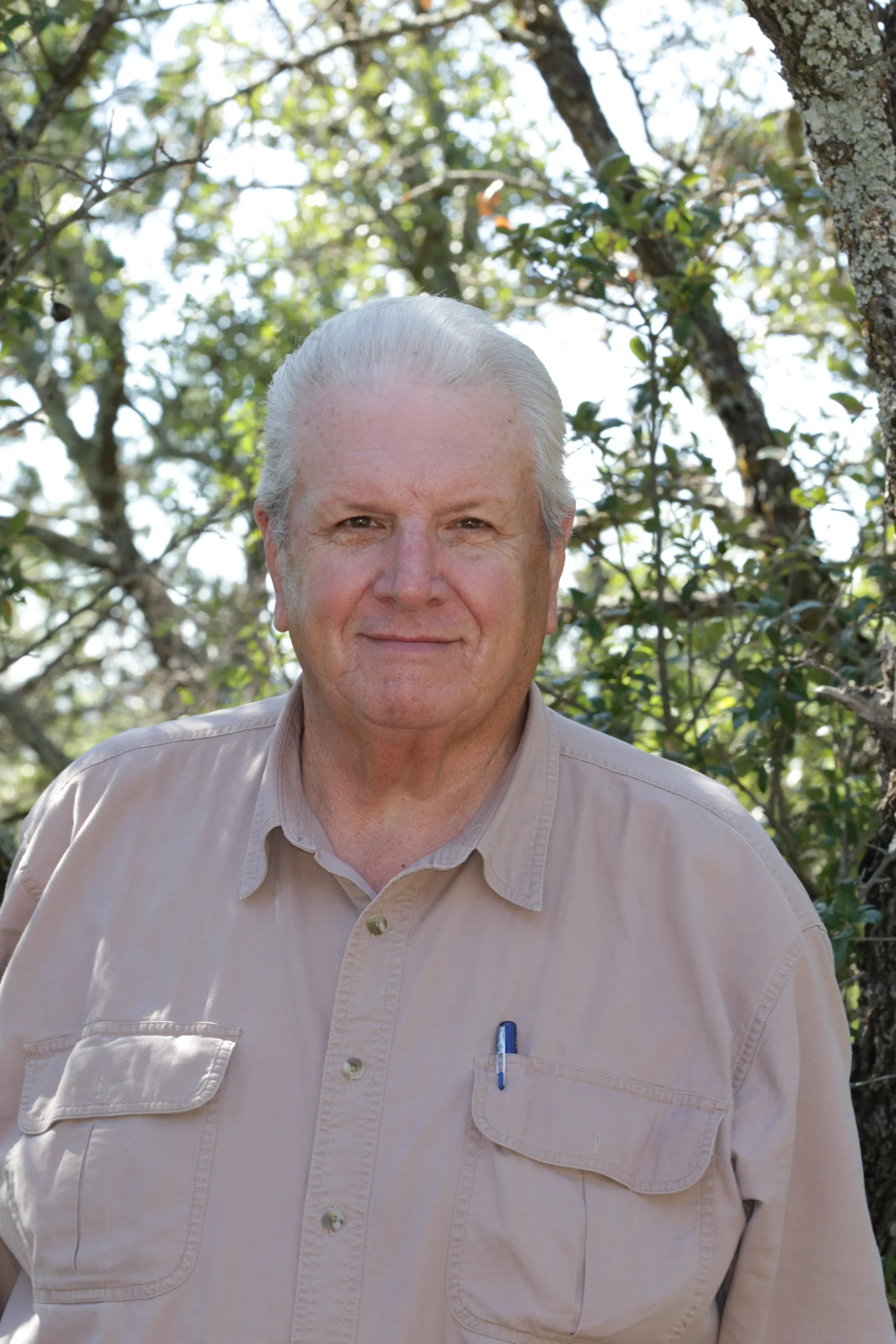In this 2 hour presentation, participants will gain an understanding of how Texas Plants have been collected and identified through the past 200 years. Plants will first be identified by use of Family Associations, followed by written and online botanical keys. Participants will learn how to quickly key out plants using traditional written botanical keys as well as online keys, arriving at the proper identification. Session will be indoors, copies of the keys needed will be provided, as well as handouts of Family Associations and a list of useful plant ID books. Never again will you fear the challenge of keying out a plant.


